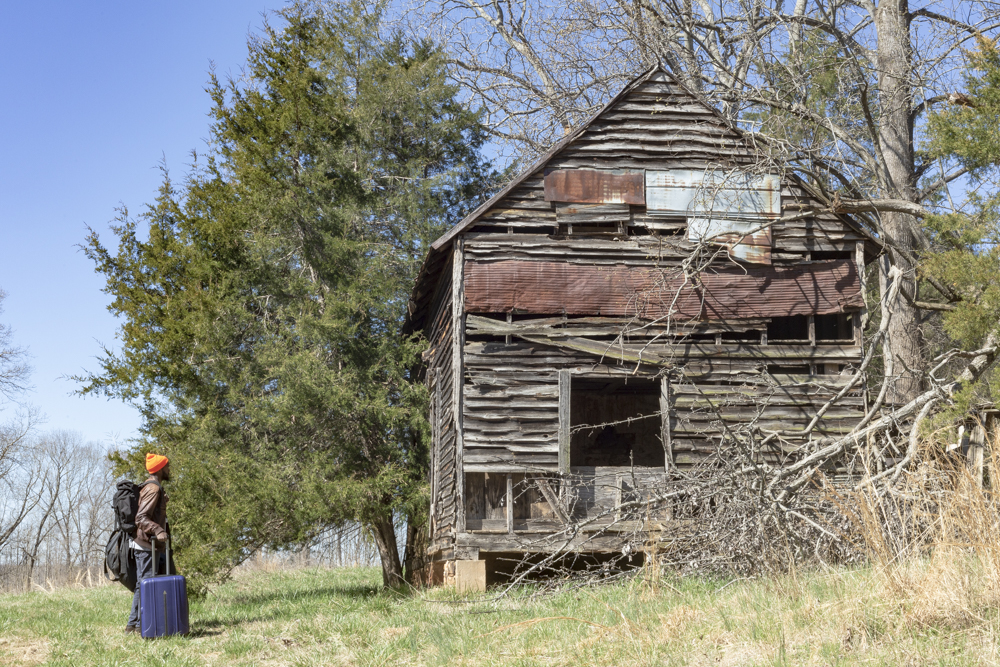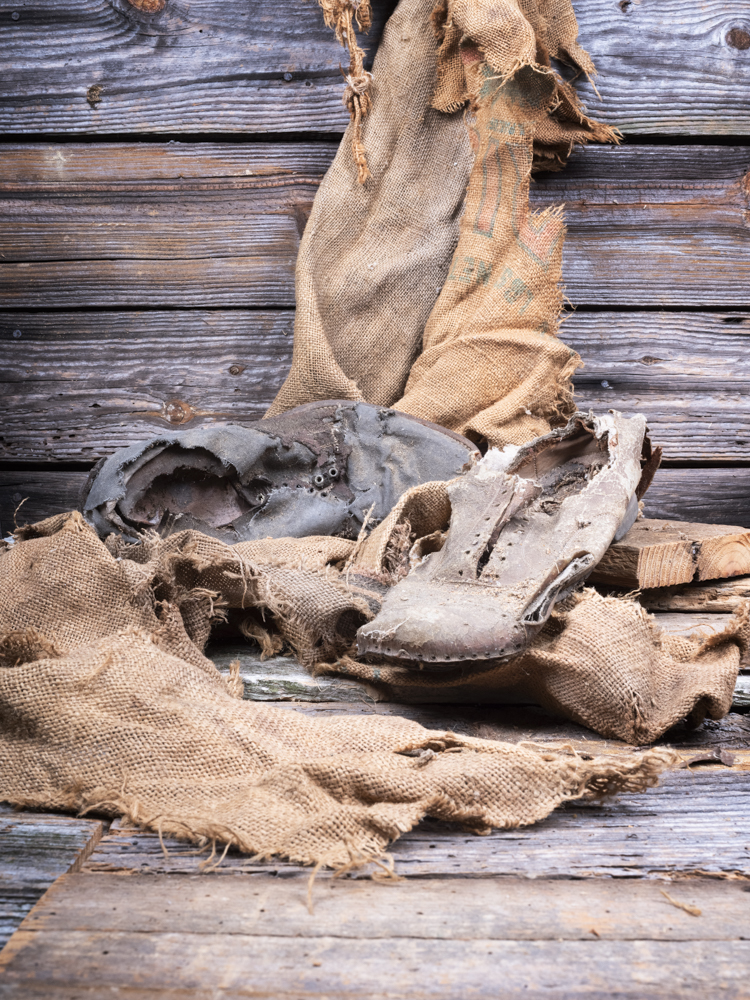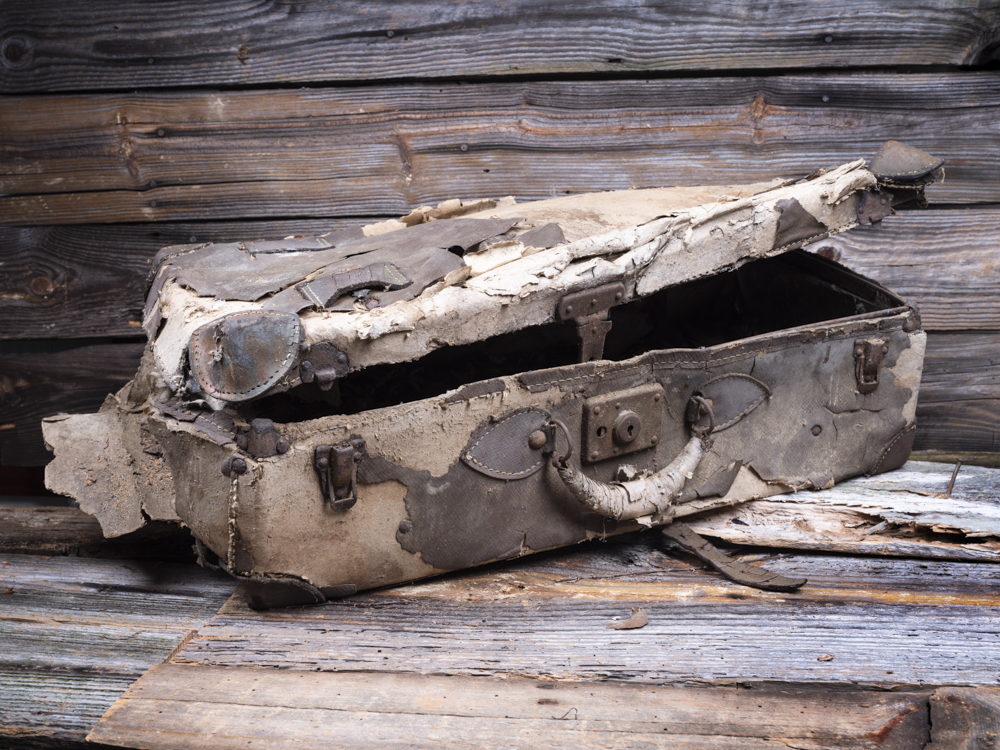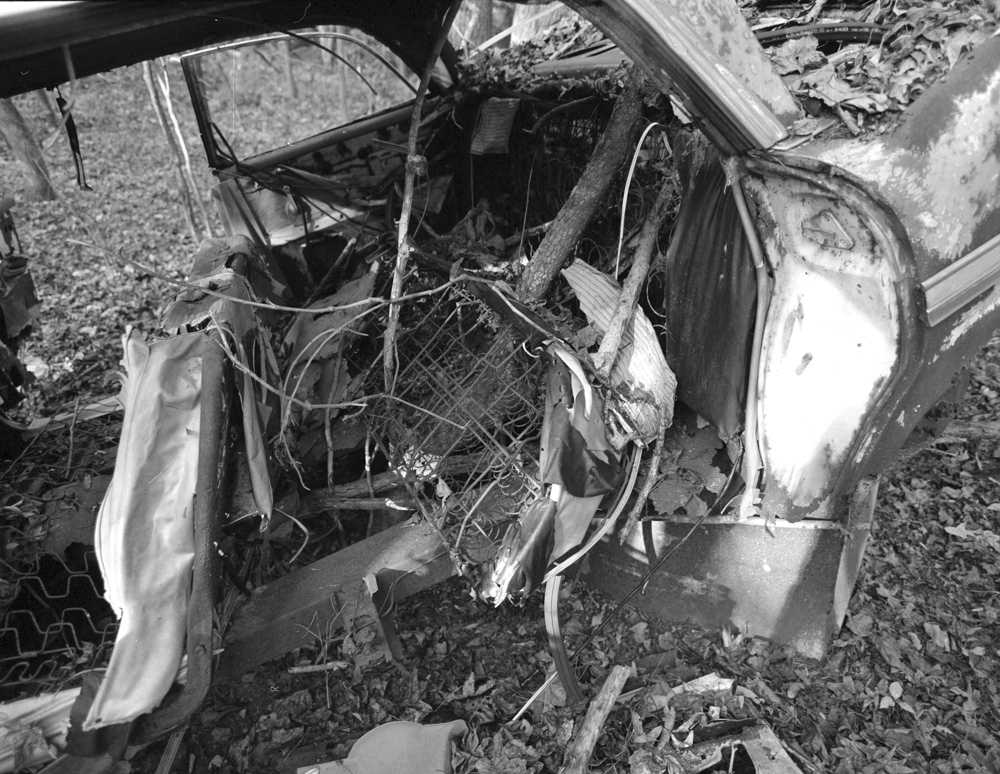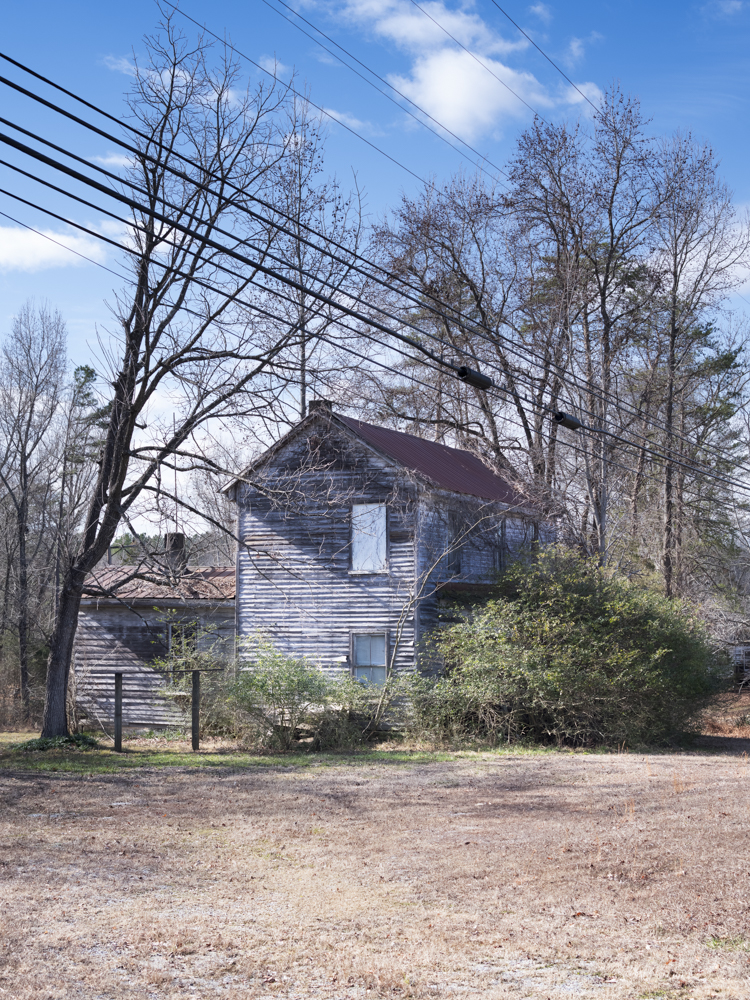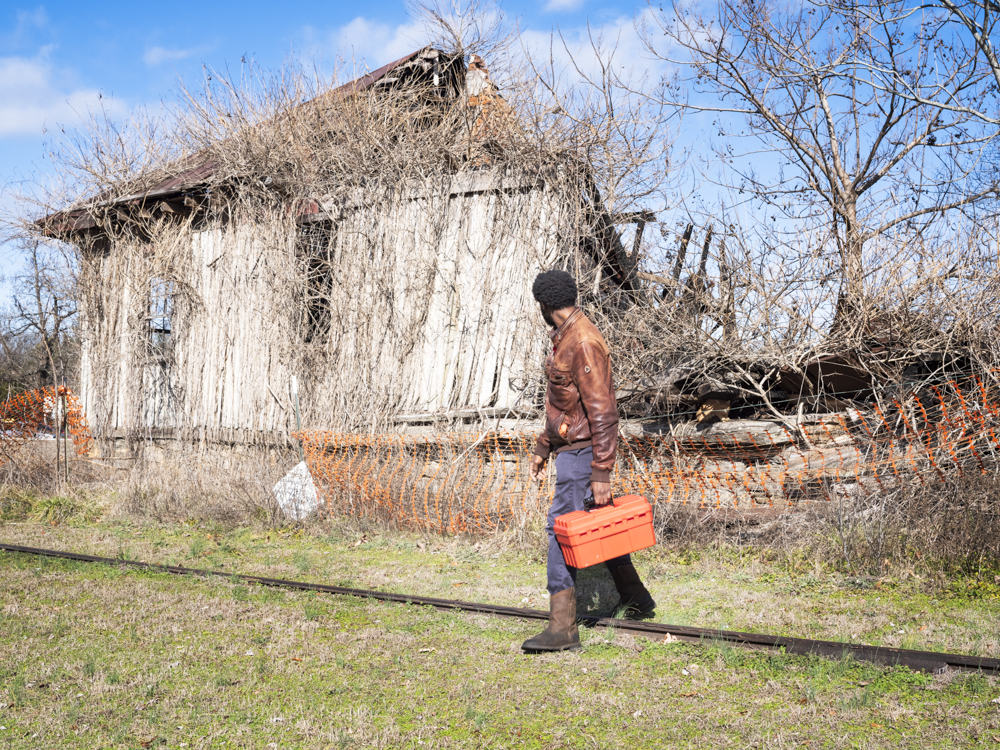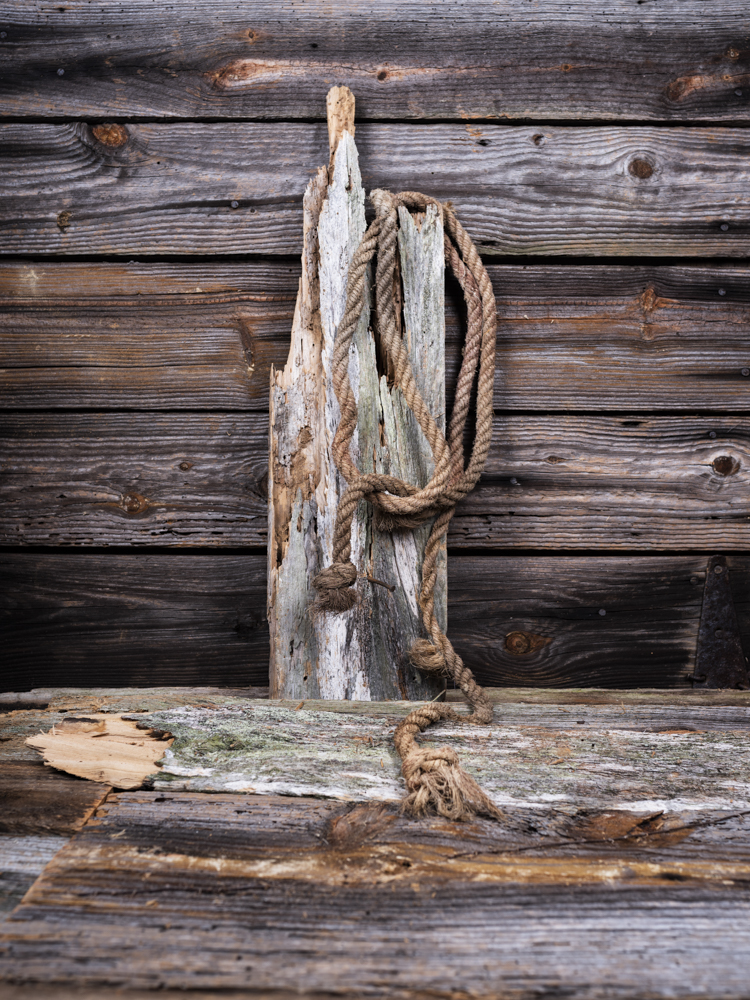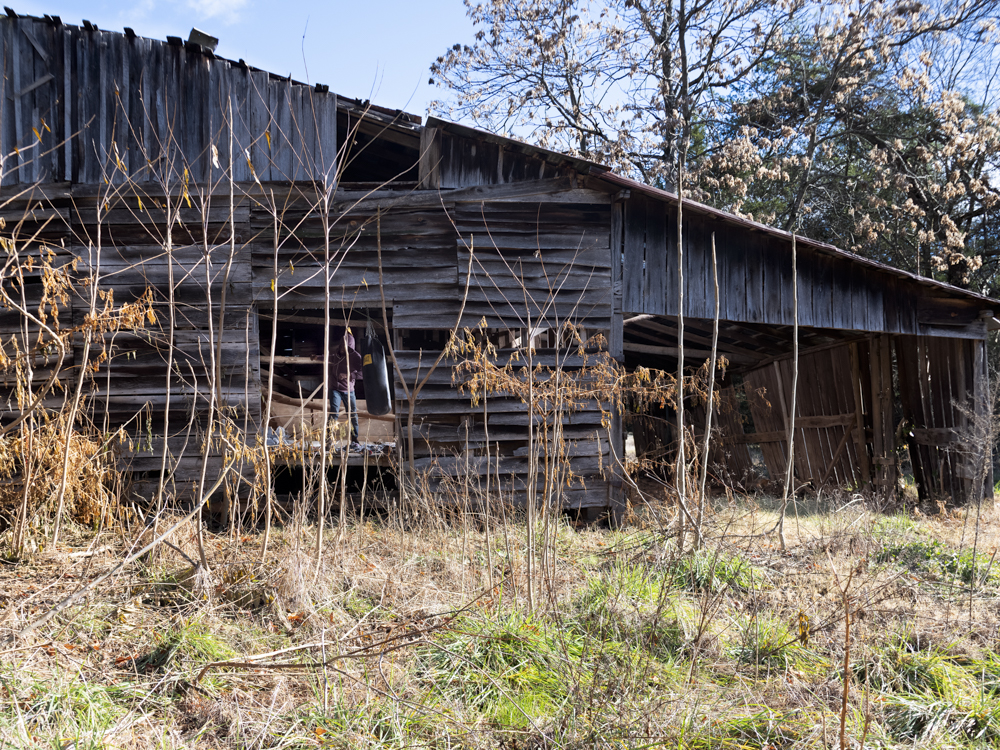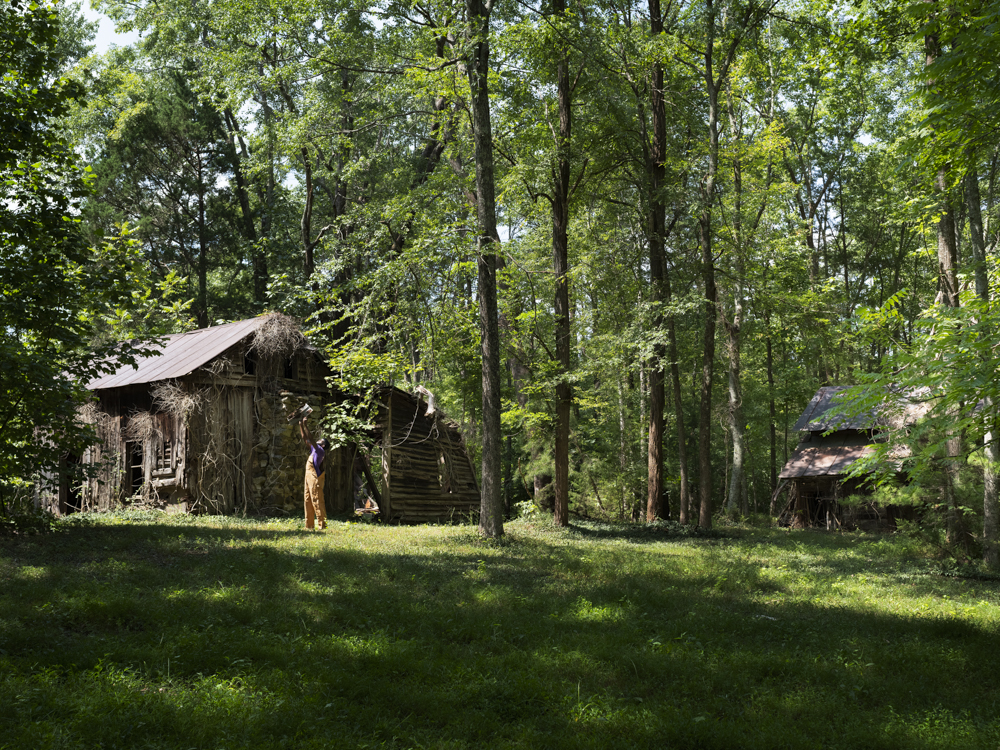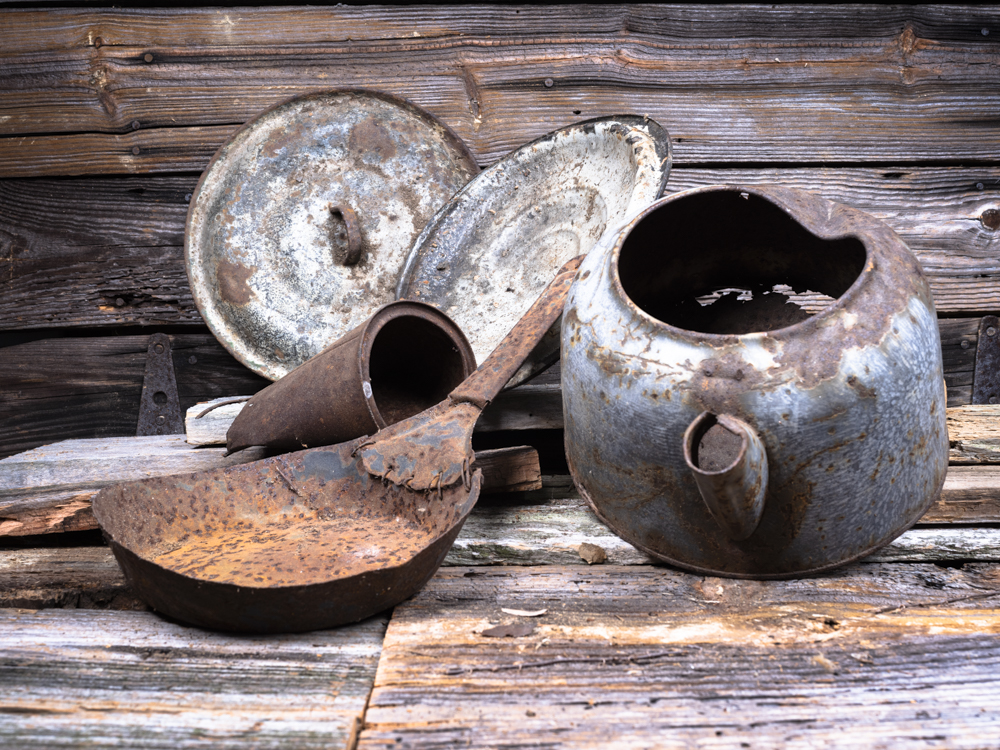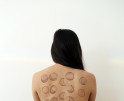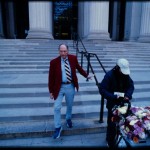Jay Simple: Exodus Home and Photographer’s Green Book
At a time when we are all especially focused on what it means to be at home in a place, Jay Simple‘s ongoing series, Exodus Home, has particular resonance. In his work, Simple questions the ways in which black people are both profoundly connected to and reflexively excluded from the physical and cultural terrain of American life. Migration as a means of survival is intrinsic to the history of black and brown people in this country. So what then does it mean to settle in a place- to have a home? Is a home made by working the land upon which it rests? By constructing walls of wood and stone? By the people who inhabit and surround it?
It’s no surprise that by asking these questions in his work, Jay Simple has also turned his attention on the shortcomings of our own photographic community in creating safe, inclusive, diverse environments for marginalized artists. As founder of the Photographer’s Green Book, Simple is working to highlight the organizations and institutions whose mission it is to improve these conditions so that actionable steps can be made toward equity.
Jay Simple is a visual artist from Philadelphia, Pennsylvania and currently resides in Pamplin, VA. He is currently a Visiting Assistant Professor of Photography at Longwood University and a Lecturer of Film and Photography at Virginia Commonwealth University.
Working through photography, video, sculpture, performance and large-scale installations, Simple examines historical and contemporary identity politics within the culture of (neo)colonial North America. He holds a Bachelor of Fine Arts in Photography from Columbia College Chicago, a Master of Liberal Art from the University of Pennsylvania, and a Master of Fine Arts in Photography from the Rhode Island School of Design. He has had recent solo exhibitions at Hampden Sydney College(2019) and Longwood University(2019), and group exhibitions at Franklin Street Works(2020), Longwood Center for Visual Arts(2020), Jamestown Art Center(2018), and Clampart(2018).
Exodus Home
Exodus Home utilizes self-portraiture, archival photographs from World War I as well as the Great Depression, and sculptural installations to explore the issues of migration and home. Capturing depictions of domestic and agricultural spaces in Virginia, specifically Prince Edward County, these images display spaces which were occupied and or abandoned during the period of the Great Migration, which occurred between 1916-1970, when six million people escaped violent persecution in the south and arrived in northern, midwestern, and western cities across the United States.
In the case of migrants from Prince Edward County, as documented by W.E.B Dubois during his research for The Philadelphia Negro, which led to his study of Prince Edward County titled “The Negroes of Farmville”, many eventually settled in Philadelphia. Philadelphia, where I was raised, in the present day is marked with violence and resistance to these migrant’s descendants’ desire for liberty and life. This is an occurrence which marks most contemporary urban spaces of black and brown people which has led to movements like Black Lives Matter.
To migrate back to the places that one’s ancestors fled is to question how we understand our personal narratives of belonging and home, past and present, and the memory that finds itself ingrained in the landscape we inhabit. Through these visual musings the desire is to enable space to question the cycles of violence and migration, and to see how building a new home in the rubble or memory of the past connects personal or local experiences to global phenomenons.
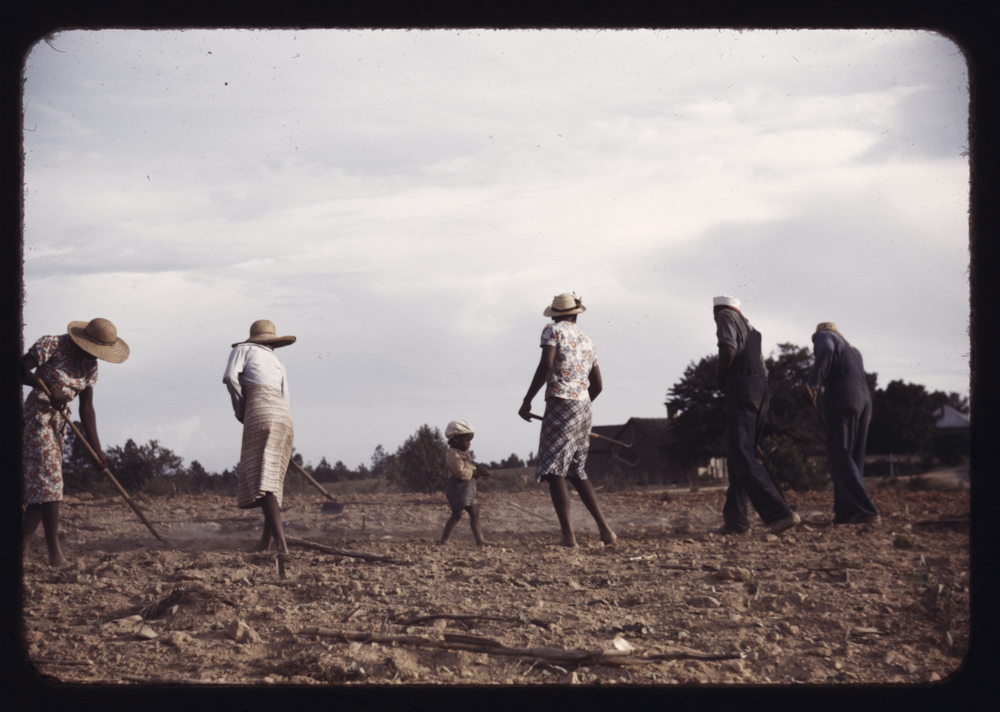
Chopping cotton on rented land near White Plains, Greene County, GA 1939 (Archival Image from the Library of Congress), Exodus Home
Julia Bennett: What is the Photographer’s Green Book? How did it come to be?
Jay Simple: The Photographer’s Green Book is a resource for supporting and facilitating conversations around inclusion, diversity, and equity. The idea came from The Negro Motorist Green Book which began in 1936 as a guide to hotels, restaurants, and other services that didn’t practice discrimination against African-Americans. Similarly, the Photographer’s Green Book is a list of organizations and institutions that advocate for inclusion in a moment when many are actively questioning how diversity and equity work within the institutions they support. Through this listing, people can currently find 93 organizations, collectives, galleries, blogs and more who are engaging with creating more inclusive spaces. This list of organizations is compiled through public suggestions.
Through the Photographer’s Green Book I also compiled a list of questions which is titled A List For Those Considering Diversity When Complacency Wasn’t Enough. It is comprised of questions that individuals or institutions can use to help engage in conversations around diversity, inclusion, and equity. The questions are gathered from public submissions and is meant to spur actionable steps towards changing the statuesque within many artist circles.
In a broader context, this platform is engaged in creating a communal space that can work against continued exclusion and marginalization in the way of representation and diversity in the arts. Too often the visual medium is dominated through the exclusion of women, POC, and LGBTQ+ communities, and it is my hope this platform can offer a communal space to support the organizations that are fighting to undo these shortcomings and to foster broader conversations around the issue.
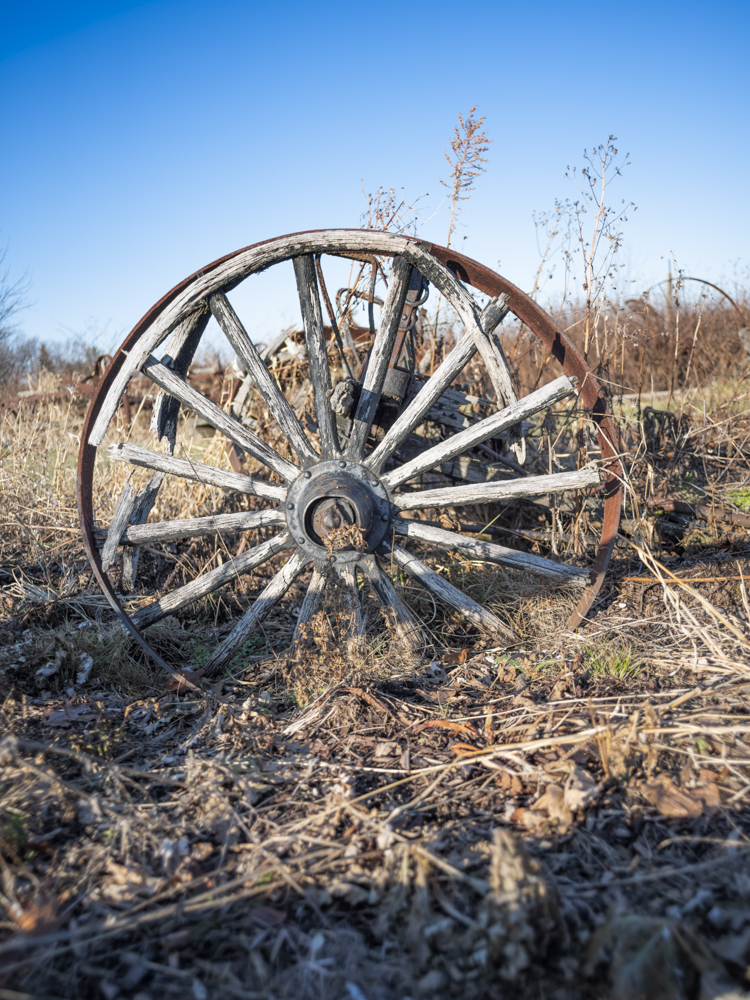
Untitled, Exodus Home © Jay Simple, 2020
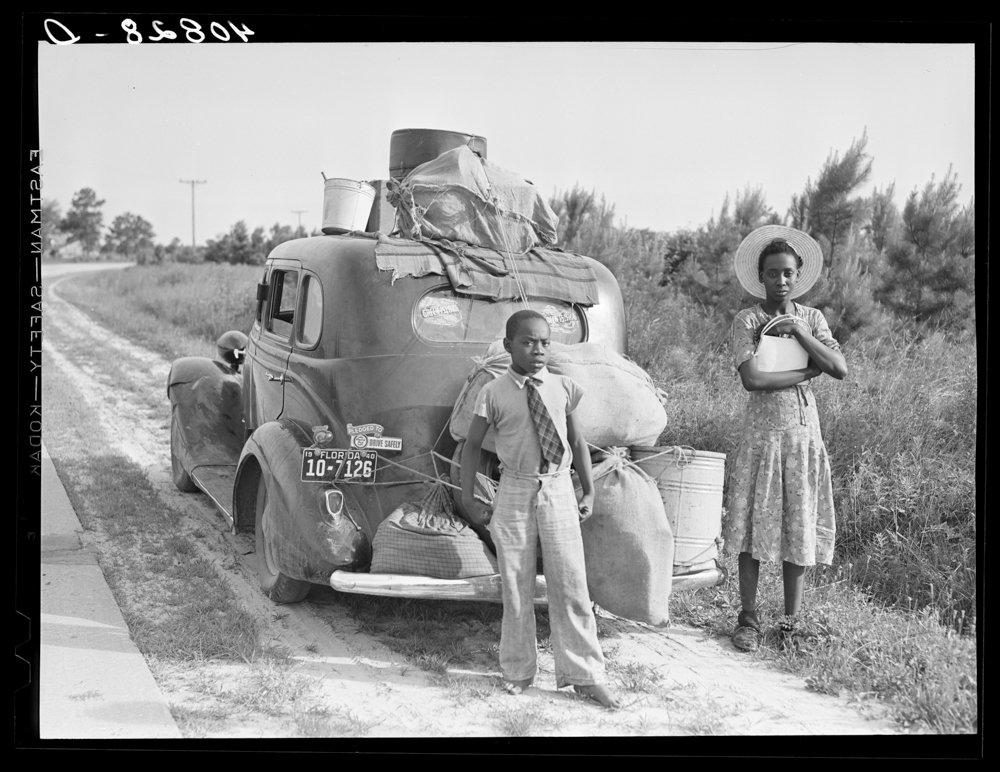
Group of Florida migrants on their way to Cranberry, New Jersey to pick potatoes. Near Shawboro, NC 1940, Exodus Home
JB: I am so excited by the idea of a consolidated resource like Photographers Green Book. I think too often change is impeded by an unwillingness to do the work required to find organizations, artists, institutions to support. How can people support Photographer’s Green Book and the work you’re doing to gather that information?
JS: I think it’s key to note that these resources published by PGB come from engaging and giving space to a broader community to decide what institutions are deemed safe and supportive or what are the questions institutions should be asking. While I do add organizations I support or pose the questions important to me, a majority of everything found through the Photographer’s Green Book was submitted from a general public. I think if anyone wants to support they can do so by sharing the information that is already compiled with their community, or they can submit the resources and knowledge they feel are contributions to critical conversations relating to PGB’s core ideas of inclusion, diversity, equity and action (I.D.E.A).

Roof, Exodus Home © Jay Simple, 2020
JB: What are your favorite organizations/institutions to support right now?
JS: After facilitating the creation of PGB’s list of organizations it is hard to pick a few right now. I think the list comprised on the Instagram page shows a ton of great organizations that we all should be supporting. So go to our Instagram (@PhotoGreenBook) and search through the catalog of resources. Use them. Build them.

Operating a hand drill at Vultee-Nashville, woman is working on a “Vengeance” dive bomber, Tennessee 1930 (Archival Image from the Library of Congress), Exodus Home
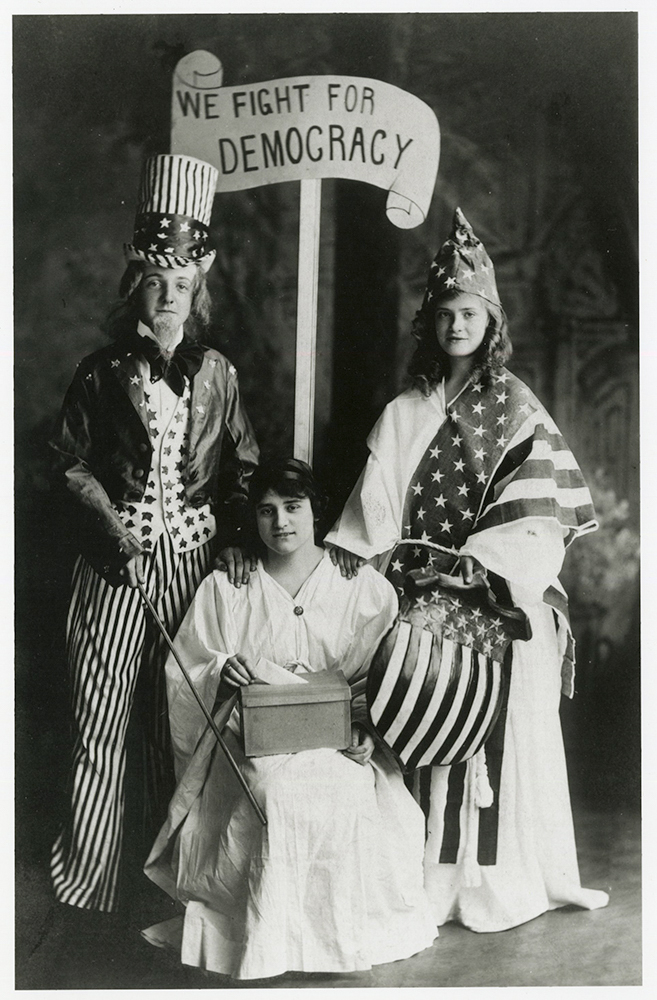
We Fight For Democracy,1918 (Archival Image from VCS Social Welfare History Project), Exodus Home
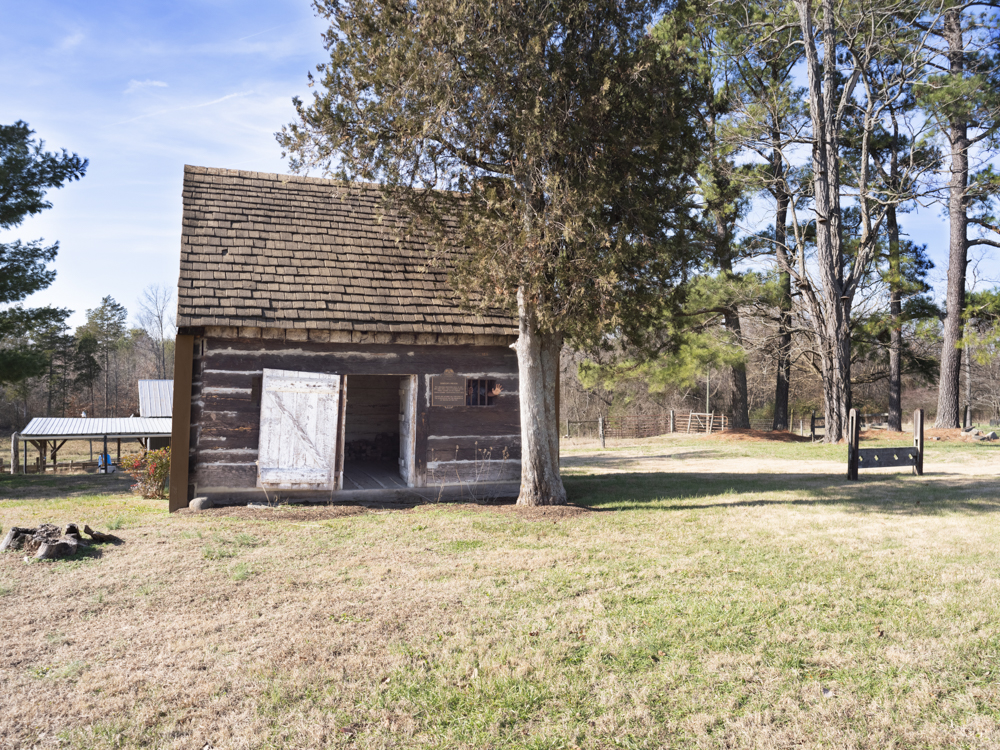
Untitled, Exodus Home © Jay Simple, 2020
Posts on Lenscratch may not be reproduced without the permission of the Lenscratch staff and the photographer.
Recommended
-
Nathan Bolton in Conversation with Douglas BreaultJanuary 3rd, 2026
-
Salua Ares: Absense as FormNovember 29th, 2025
-
Ricardo Miguel Hernández: When the memory turns to dust and Beyond PainNovember 28th, 2025
-
Pamela Landau Connolly: Columbus DriveNovember 26th, 2025

